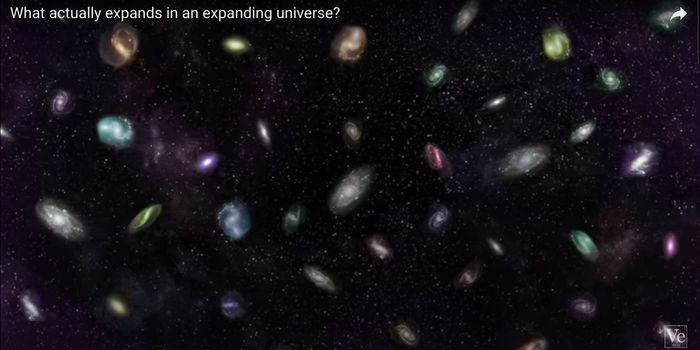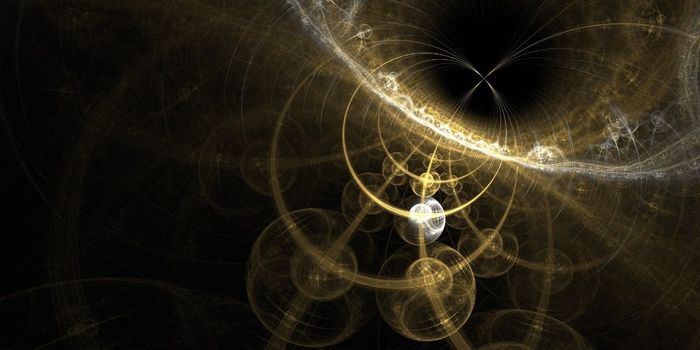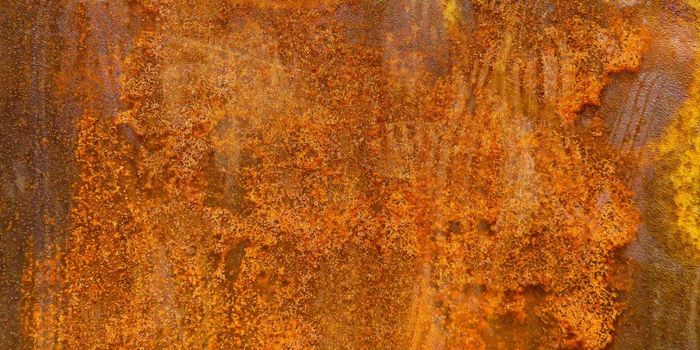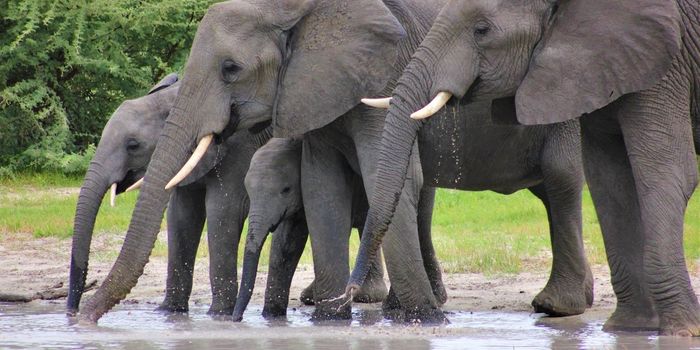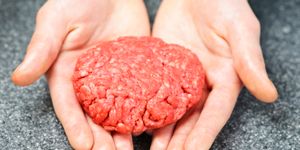Think back to the first time you drove a car, or your 21st birthday, or the birth of your children. You can recall these experiences and relive the past through memories stored in the brain. More exciting and emotional events are often recalled in more vivid details over longer periods of time. But how does the brain convert real-life events into brain data that can then be retrieved and relived?
Scientists know that certain specific parts of the brain are essential for memory, like the hippocampus. Small and unassuming, the hippocampus plays a big role in transferring short- to long-term memory. In Alzheimer's and dementia patients who suffer from memory loss and disorientation, the hippocampus is usually one of the first regions to show damages. Patients who suffer trauma to the hippocampus have also reported experiences of anterograde amnesia - the inability to form new memories.
Other parts of the brain are also critical to making memories, including the entire cerebral cortex. Divided into four main lobes, the temporal lobe of the cerebral cortex is thought to play a key role in formation of long-term memories.
Much of what we learned about the brain and memory formation comes from studying patients with memory problems after surgical removal of certain parts of the brain. Watch the video to learn about Henry Molaison, the man whose surgery-induced memory loss taught doctors and neuroscientists about the complexity of how we make memories.

